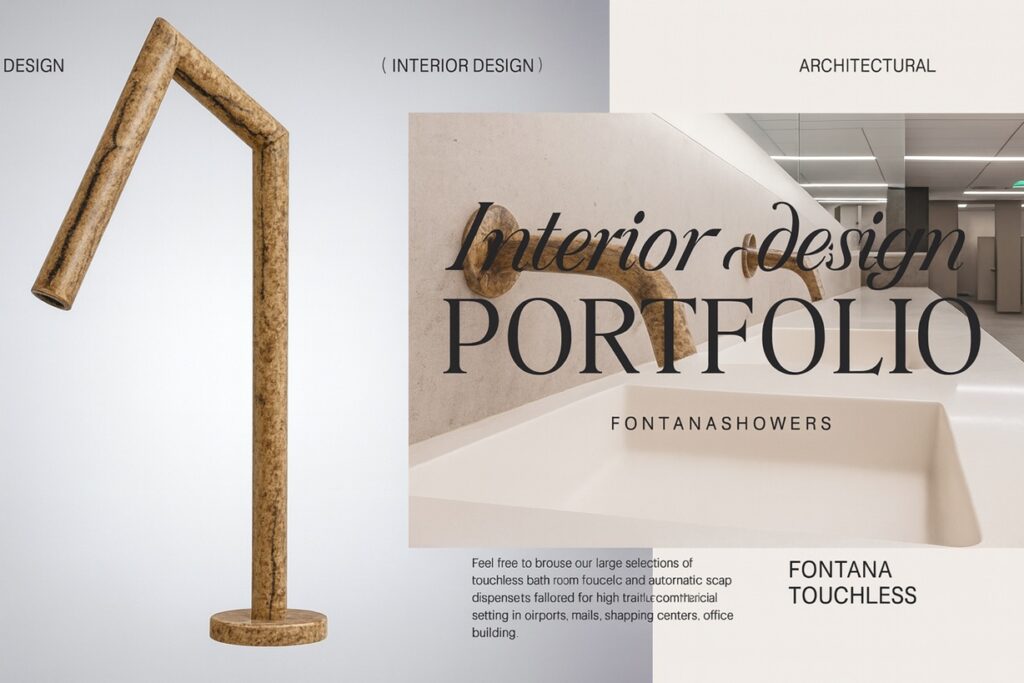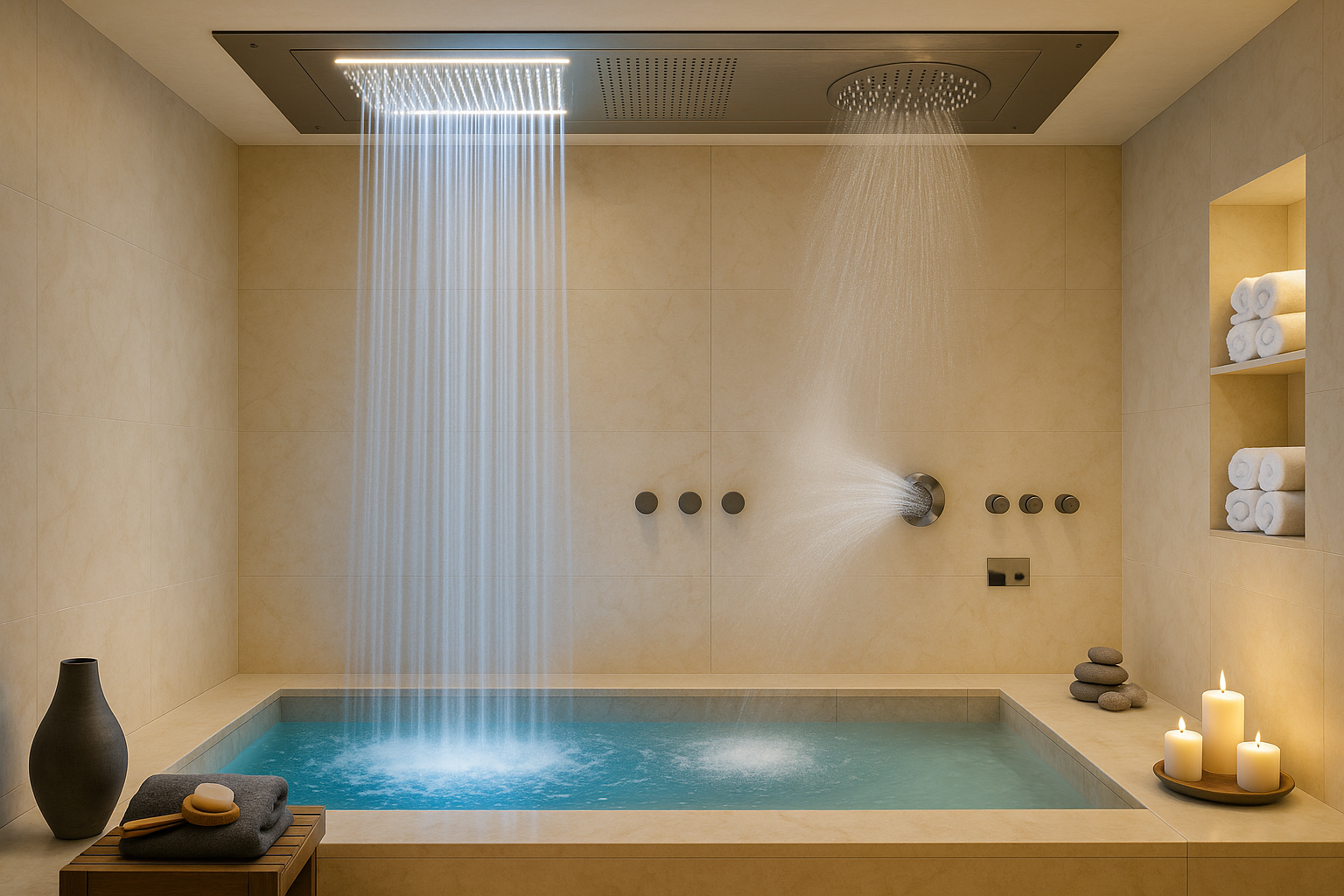
Authority with Visual Impact
showcasing innovative designs, material trends, and award-winning projects. Filter by style, region, or project type to spark creativity and guide your next masterpiece..
Available now.
Where Architecture Meets Insight
Outside Europe? View international editions.
About Us
We deliver daily insights, innovative project showcases, and technical resources to inspire and empower the global architectural community. a premier online platform dedicated to serving architects, designers, and the broader design community. We deliver daily, high-quality content that blends inspiration with technical expertise, ensuring professionals stay informed and inspired. Our mission is to connect creativity with practical application—showcasing groundbreaking projects, highlighting innovative materials, and offering a wealth of resources, from detailed technical guides to industry news.
We believe architecture is more than structures; it’s a dynamic dialogue between vision and execution. That’s why we curate global case studies, feature thought leaders, and maintain a growing library of tools and references to support every stage of the design process. Whether you’re a seasoned architect or an emerging talent, DailyArchitectural.com is your trusted source for insight, innovation, and professional growth.

International
From towering urban landmarks to small-scale community projects, we highlight the ideas shaping the future of our built environment—making us the trusted daily resource for the global architectural community..
Frequently Asked Questions
What is DailyArchitectural.com?
This online platform dedicated to architects, designers, and the wider built-environment community. We provide daily inspiration, technical resources, project showcases, and industry insights to support creativity, innovation, and professional growth..
What type of content can I find here??
Design inspiration galleries and case studies,Technical resources (CAD/BIM files, material guides, regulations) Competitions, events, and webinars as well asIndustry news and trends .
Who is the platform for?
This exquisite platform serves a global audience of architects, interior designers, urban planners, students, and construction professionals. Whether you’re an established architect or an emerging designer, you’ll find resources tailored to your needs..
Do we feature international projects?
Yes. We cover projects from all regions, celebrating diverse architectural traditions and forward-thinking global design movements.t.
